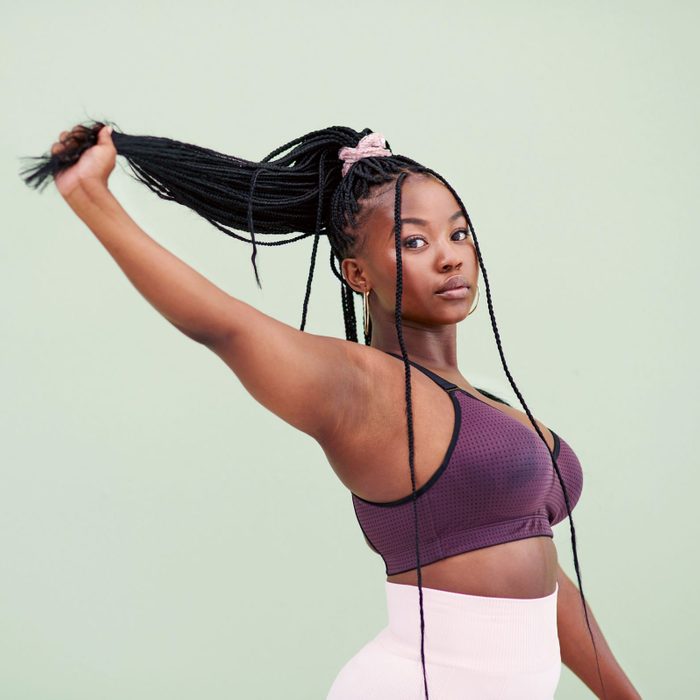
Sticking with an exercise routine is hard enough—and if that monthly cramping, bloating and fatigue make your activewear seem less inviting, you’re not alone. A summer 2022 survey from women’s healthcare brand INTIMINA found that almost 80% of women say their period interrupts their exercise routine. And even if you do stick to your workout routine, you may have encountered instructions from a yoga instructor or other fitness trainer who’s suggested that inverted poses or other moves aren’t totally safe during your cycle. So, what’s actually the right thing to do during your period: play it safe and rest, or power through?
To start, says Melissa Boyd, NASM-certified personal trainer and Tempo Coach, there’s nothing wrong with taking a day off from the gym. “It’s important to listen to your body and not force yourself to workout,” Boyd suggests. Meanwhile, she and other fitness professionals are currently rethinking the best approach to working out for women. Their answer? Adapting your routine around your monthly cycle.

Does exercise help period symptoms?
“The idea that exercise might help relieve menstrual pain and PMS discomfort is not new and has been recommended to women since the 1940s,” Boyd says. “Even though we have minimal research about the effects of exercise specifically during the menstrual cycle, we rely on what we already know about the general benefits of staying active.”
A 2020 review of studies explains the benefits like this: exercise is known to increase our endorphin levels, regulate hormone production, and encourage anti-inflammatory effects in the body—all of which may help moderate your PMS symptoms. The review authors emphasize the “may help” wording, however, stating that there isn’t enough research to understand how exercise helps menstruating people. In fact, only 6% of sports science research is conducted exclusively on women, so there’s “a lot that is unknown when it comes to female physiology and the effects of the menstrual cycle,” says Bailey McLagan, a PhD candidate researching female sports science who works with Wild.AI, a women’s health and fitness app.
“Women are not little men,” experts emphasize—learn more about how heart disease is different for women
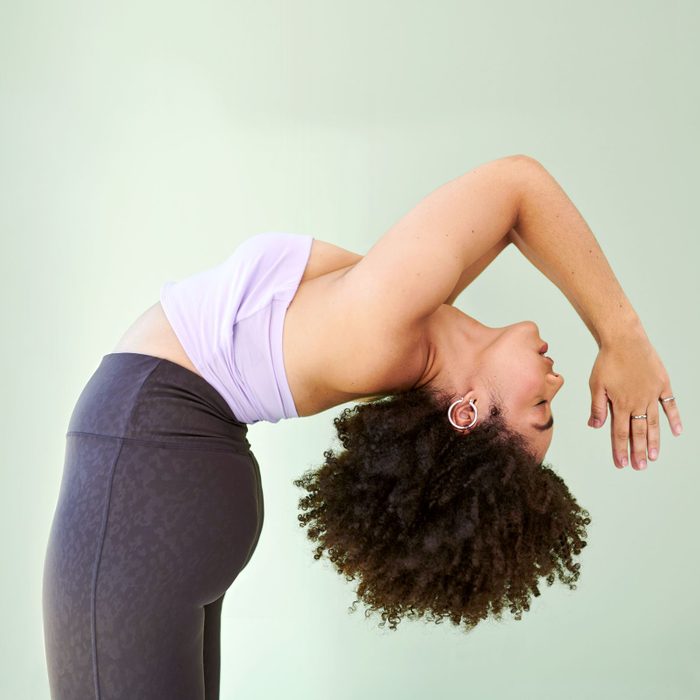
Does your period affect your fitness?
While physical period symptoms like cramps and headaches can definitely zap your workout motivation, the hormones involved in the menstrual cycle (estrogen and progesterone) have a major effect on fitness—and not just during your period, but throughout the month.
9 Signs You Might Have a Hormone Imbalance
McLagan explains how intricately female sex hormones are tied to a woman’s physical fitness:
-
Estrogen is known to help increase muscular strength, fat utilization, endurance, protection against muscle damage, and strength-building potential (neural drive)
-
Progesterone helps our body breakdown and use protein and keeps our gut health strong
Given the physical effects of these hormones, as they naturally rise and fall throughout the month, the fluctuating balance can impact your fitness, energy levels, and how you feel in general.
That’s why it’s important to understand that feeling fatigued during certain points in your cycle is not an indication of being ‘lazy’ or ‘unmotivated’, Boyd says. In fact, “forcing a super intense workout while your body has the lowest energy availability and slowest recovery time may lead to injuries.”
Get The Healthy @Reader’s Digest newsletter for the latest fitness news delivered daily
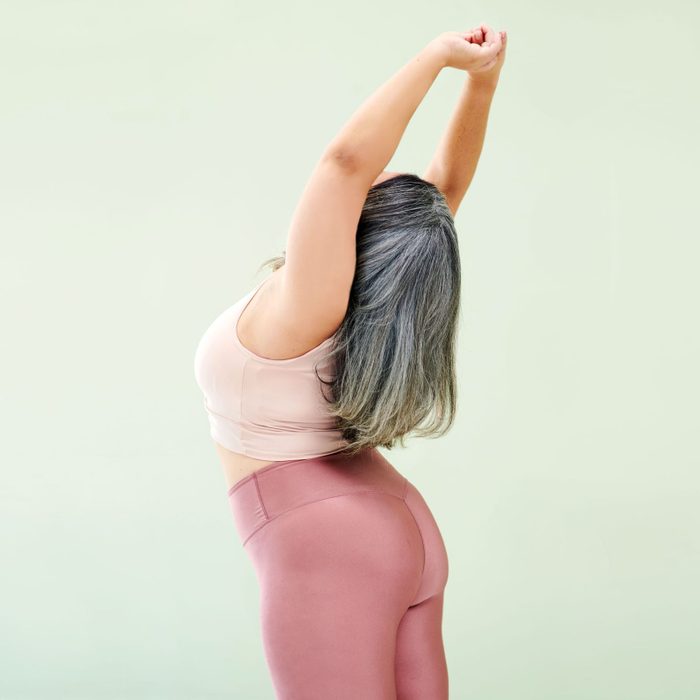
How to exercise during your menstrual cycle
“As women, we tend to stick to workout programming built for people with more hormone stability, when in reality, it’s helpful to match our workouts with our cycles,” Boyd says. “Each cycle phase has different capacities for muscle gain.” And the key is to guide your training intensity to match where you are in your cycle.
It’s worth reiterating that all women’s cycles are unique—so, says McLagan, “How you adapt your routine around your cycle is very dependent on how you feel and your symptoms.”
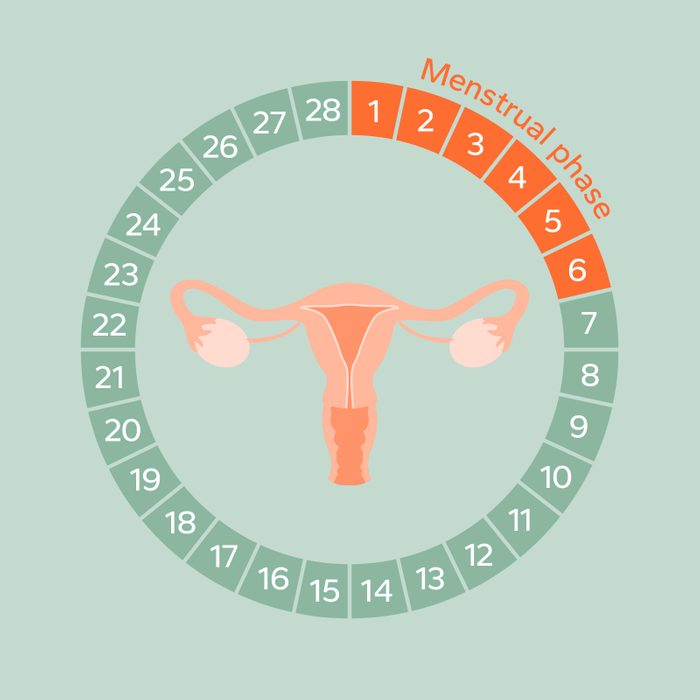
The menstrual phase
Your first day of bleeding is considered “day one” of your cycle. When it hits, progesterone levels take a nosedive (as your energy might, too). “Exercise around your period should be based entirely on personal comfort,” McLagan says. “However, moderate exercise during this phase has been shown to mediate symptoms.”
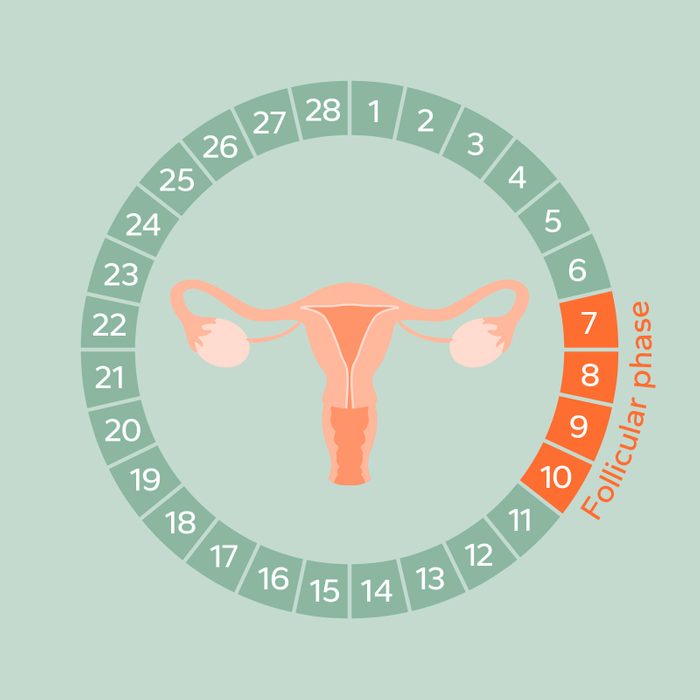
The follicular phase
Estrogen levels rise significantly around day seven of your cycle—and this hormone spike is known to bring bursts of energy, mood improvements, and even high assertiveness. “[This] is when you are the most energized and prepared for high-intensity workouts,” Boyd says. “After your flow has settled enough that you can get to the gym, you can and should get after it–while hormones are slowly climbing back up, you may perform better and recover faster.
In fact, Boyd says it’s no surprise that many professional athletes report achieving “period-PRs” (personal records) in the days just after their cycle starts.
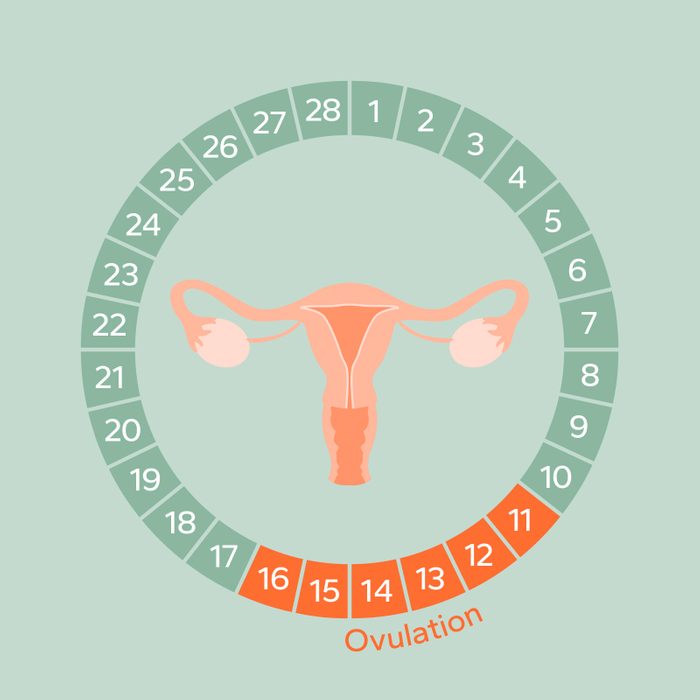
Ovulation
By day nine or 10 of your cycle, your estrogen levels peak as an egg gets ready to release from its follicle. This rise is a good time to focus on power training and stretch your limits with high-intensity intervals, according to McLagan.
But when your egg releases around day 14—we consider this ovulation—estrogen drops, and progesterone starts to rise. “As you get closer to ovulation and the luteal phase, it’s time to turn down the intensity overall and focus on endurance work, technique, form, and skill building with proper recovery,” Boyd says.
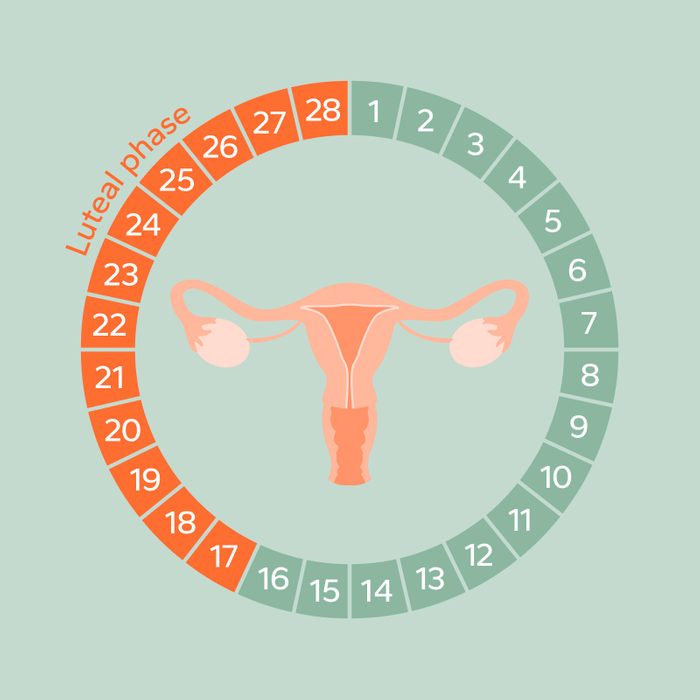
The luteal phase
McLagan splits the luteal phase into two parts to better understand how the body and its fitness respond to the changing hormones. At first, the continued rise in progesterone “encourages protein breakdown post-training.” So, it’s a good time to go for high-rep, high-volume training with a strong focus on eating enough protein after exercise.
“The late-luteal phase is marked by estrogen and progesterone regressing, which cause many of the symptoms just before or during your period,” McLagan says. It’s valuable to shift your focus to accommodate this oncoming PMS. “It’s a great time for low-impact exercise, bodyweight strength work, steady-state cardio, or even just resting if symptoms are too severe,” Boyd says. (Consider trying a foam roller to give your muscles some extra TLC.)
After all, according to the experts, listening to your body is possibly the most important aspect of fitness. “It will be the first one to tell you whether something feels right if your body is feeling tired or achy,” McLagan says. “It’s okay to ease up on training if your body isn’t up to it.”
Follow the Healthy on Facebook, Instagram, and Twitter. Live better—keep reading:

